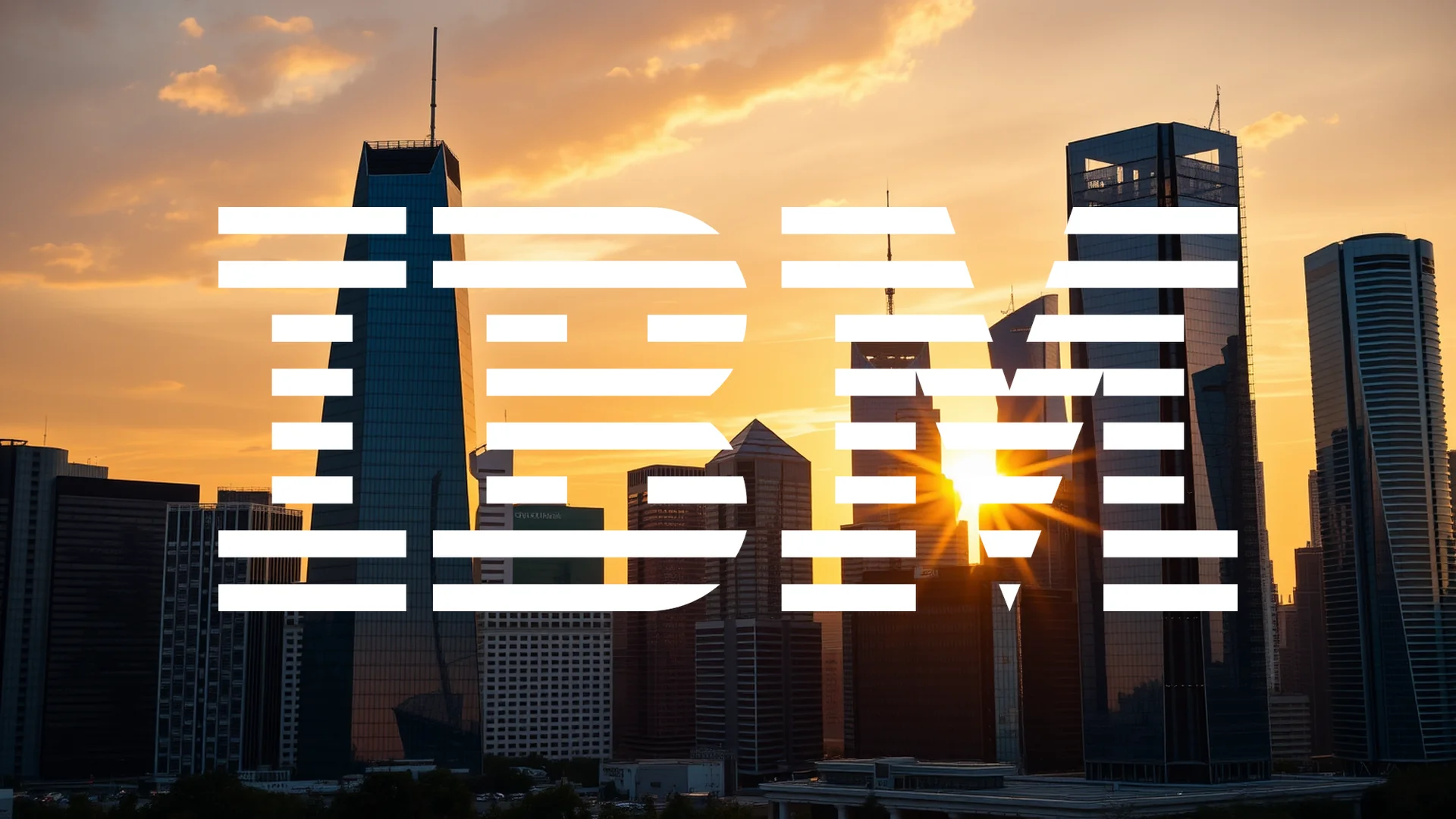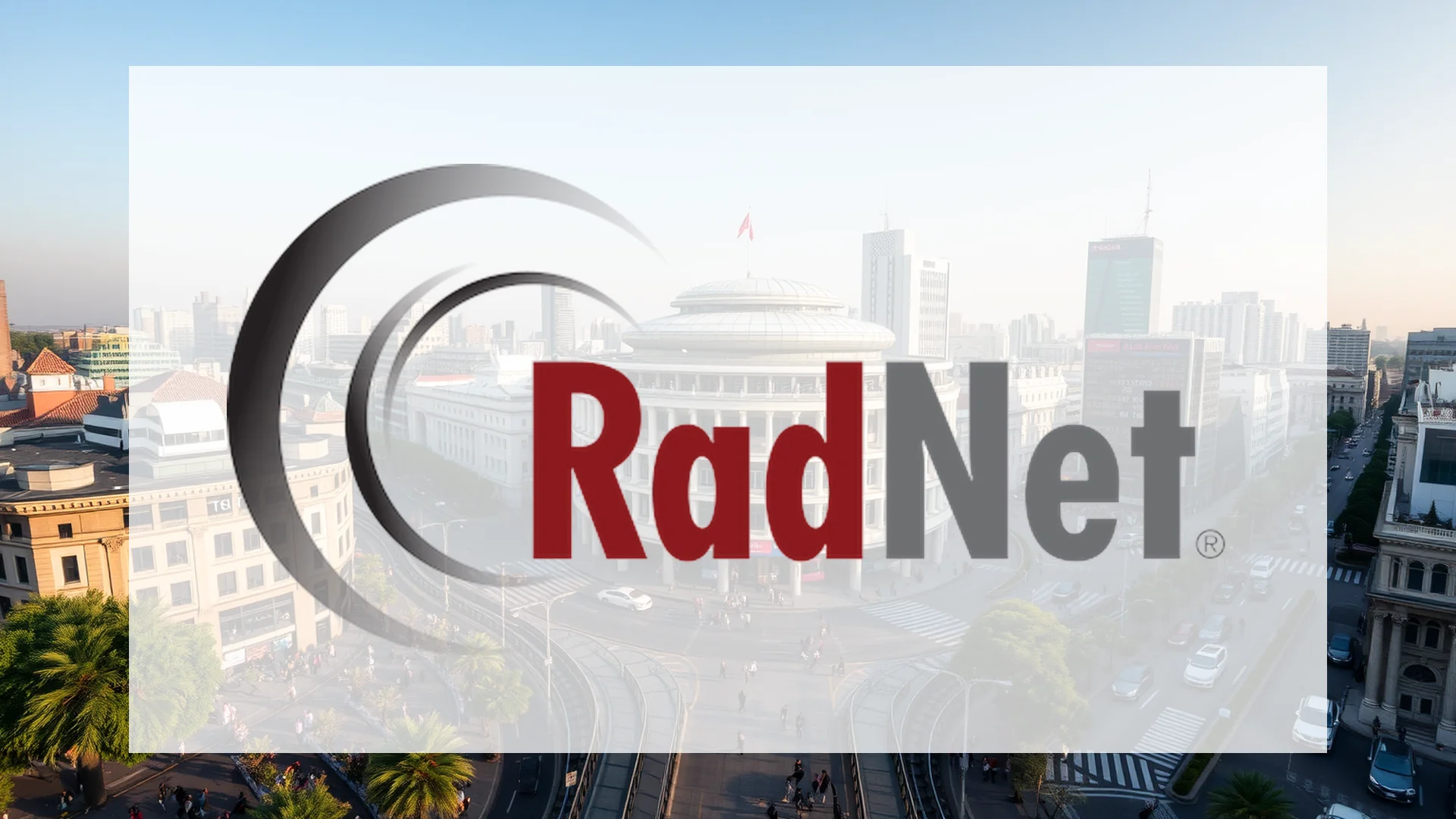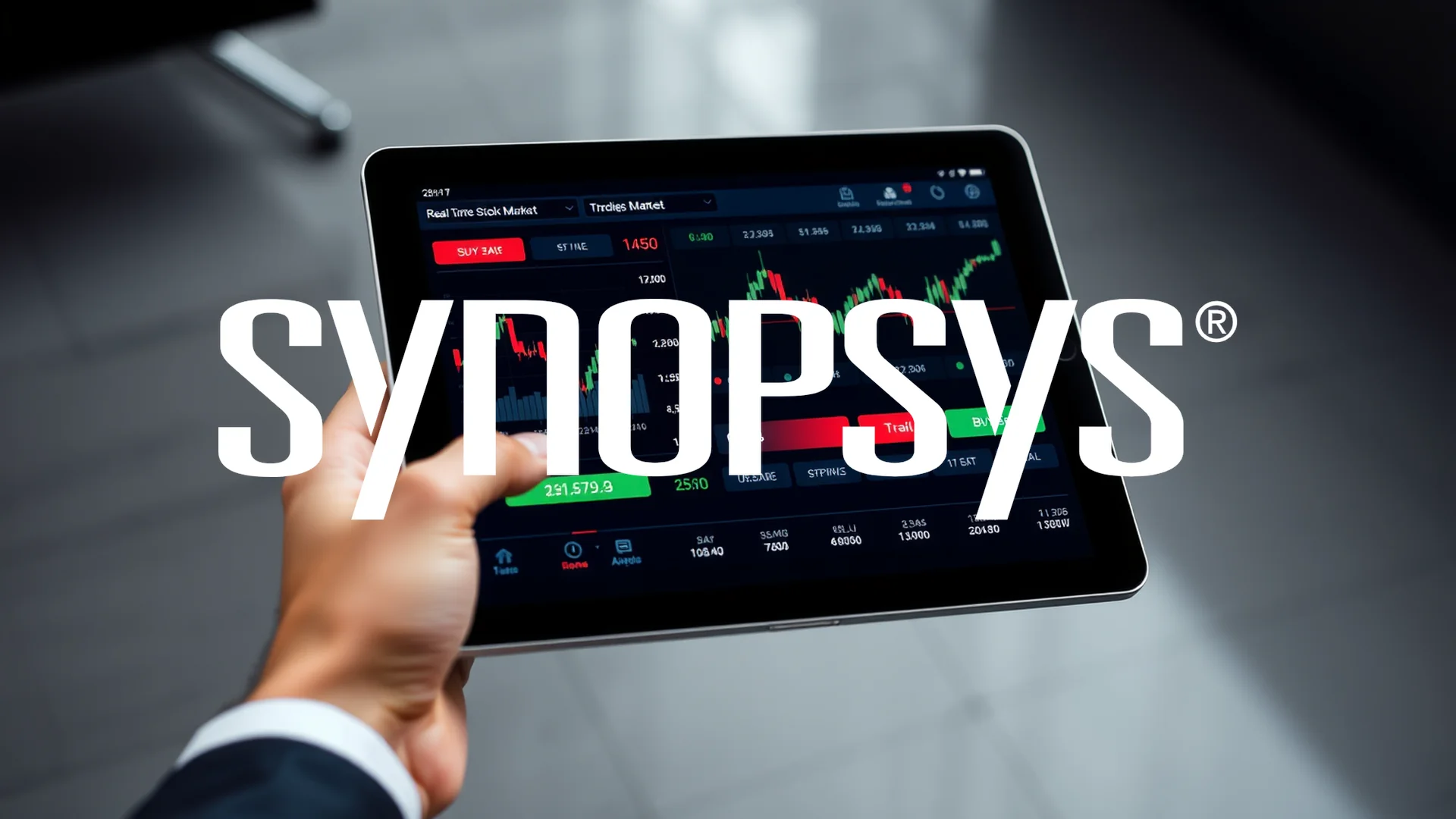IBM delivered an earnings beat and raised its full-year guidance, yet investors responded by sending shares sharply lower. The technology giant’s recent performance demonstrates that even impressive financial results can be overshadowed when a critical business unit shows signs of deceleration.
Investor Concerns Eclipse Positive Results
Despite reporting better-than-expected quarterly figures, IBM shares tumbled more than 6% in pre-market trading. The company’s financial performance would typically warrant market enthusiasm: revenue climbed 9% to $16.3 billion, while adjusted earnings per share reached $2.65, surpassing analyst projections. Management expressed confidence in their outlook, upgrading their annual forecast to anticipate revenue growth exceeding 5% and approximately $14 billion in free cash flow for 2025.
The negative market reaction highlights how investors looked beyond the headline numbers to focus on emerging challenges within a strategically important division.
Red Hat Growth Slowdown Sparks Anxiety
At the heart of investor apprehension lies IBM’s hybrid cloud segment, specifically the performance of Red Hat. While the broader software division posted a 10% revenue increase, Red Hat’s growth rate moderated to 14%, down from 16% in the previous quarter. This deceleration in a high-margin core business overshadowed all other positive developments within the company’s earnings report.
Should investors sell immediately? Or is it worth buying IBM?
The market response sends an unambiguous message: concerns about IBM’s competitive positioning in the flourishing cloud and artificial intelligence sectors carry more weight than solid quarterly performance. Red Hat represents a strategic cornerstone for IBM’s cloud ambitions, and any weakness in this segment raises questions about the company’s overall growth strategy.
Contrasting Business Unit Performance Creates Uncertainty
IBM finds itself navigating conflicting signals from its various business units. The infrastructure division delivered standout results with revenue surging 17%, while the AI business expanded to over $9.5 billion. Despite these strong performances across multiple segments, the Red Hat slowdown dominated market sentiment.
For investors, the current focus appears to be less on overall corporate performance and more on the long-term viability of IBM’s high-margin cloud operations. The tempered growth at Red Hat has created unease about future prospects in this crucial area, demonstrating that in today’s market, forward-looking concerns can quickly eclipse backward-looking results.
Ad
IBM Stock: Buy or Sell?! New IBM Analysis from October 24 delivers the answer:
The latest IBM figures speak for themselves: Urgent action needed for IBM investors. Is it worth buying or should you sell? Find out what to do now in the current free analysis from October 24.
IBM: Buy or sell? Read more here...








